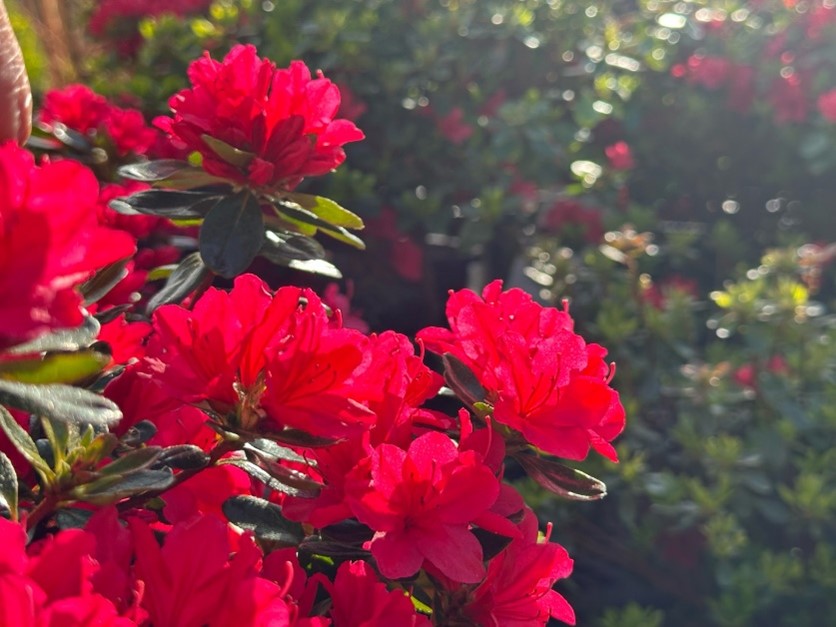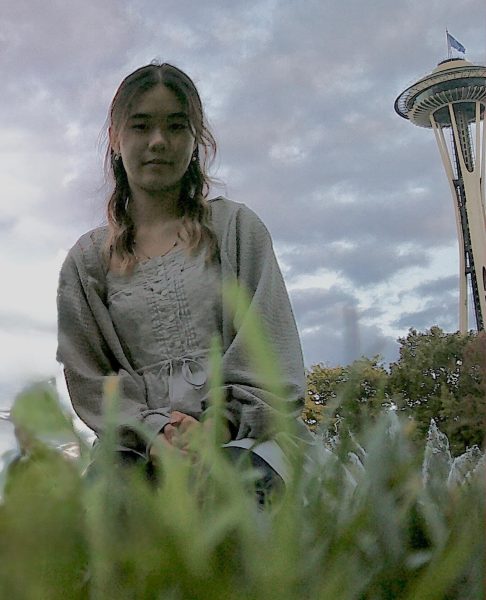When spring arrives, it brings warmer weather and more sunlight, resulting in the spread of pollen in the air. For some people, this triggers pollen allergies, or seasonal allergic rhinitis.
Pollen allergies affect approximately 81 million people in the U.S. They occur when the body mistakes pollen seeds in the air for dangerous substances and triggers an allergic reaction. Some common allergens in the Pacific Northwest area include ash, alder, and birch trees.
Symptoms of a pollen-induced allergic reaction include itchy skin, nose congestion, sneezing, red watery eyes, and/or shortness of breath. These can vary, depending on allergy severity.
With the arrival of spring comes warmer days, increasing pollen levels. The movements of pollen seeds are also affected by air pressure, humidity, and other weather conditions. As climate change worsens, temperatures continue rising and increasing the spread of pollen in the air.

These allergies affect everybody in different ways. Some people may have their daily activities severely hindered, while others find them easily manageable.
“I can’t see well with the amount of dust puffing up in my eyes, and my nose gets extremely congested when there are flowers outside,” reports Flora Y. a junior with major allergies. “My allergies cause me to always have a stuffy nose even if I’m not sick,” says another student, freshman Lavanya N.
As we start experiencing warmer weather changes, it will be essential for Skyline students with allergies to keep careful track of their health. Some ways to prevent allergic reactions involve reducing time outdoors, using air filters, covering the face outside, and keeping windows closed. “If you’ve had pollen allergies, wash your hands, don’t touch your eyes or nose,” advises Linda Okamoto, the school nurse, “remember to take allergy meds and go home if you don’t feel well.”
For more information:









